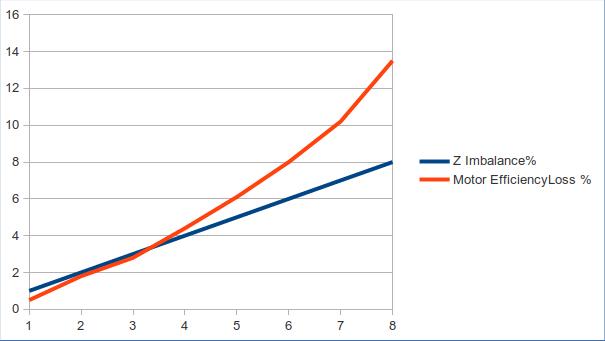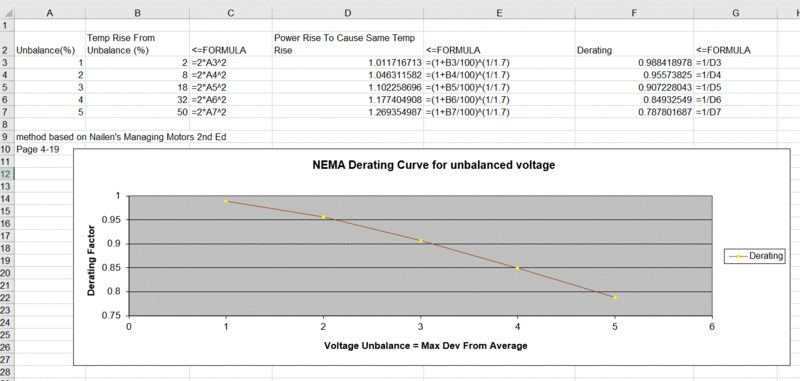Why is Impedance Imbalance for Electric Motors so important.
Saturday, April 4, 2020
The analogy is liking it to Running a car for long periods of time with, out of balanced tyres.
Impedance imbalance is the electrical equivalent of getting your tyres balanced, its saves energy, reduces wear & tear, and risks other damage like suspension & steering. So what is it????
Impedance is the load the electrical supply sees when running an electric motor. And it uses alot!!!!
47% of global electricity consumption is use in motor systems.
Take a cooling tower motor which runs continuous, it will typically uses 16x its purchase value in energy annually. Based on 9.7 euro cents per kWhr.
The motor manufacturers produce motors to a standard eff2 or eff3 which has an appproximate efficiency of 90+% for motors and 95+% for motors above 100kW.
Alot of factors can eat away at this efficiency when installed, such as motor loading, harmonics, mechanical losses in impellors, alignment, and balancing.
You may not be aware but Impedance imbalance is a big factor, a 3% imbalance leads to approximately 3% efficiency loss, but a 6% imbalance is closer to 8% loss. Most of the losses end up as heat decaying Motor Insulation, Terminations and Switchgear and if left without remedy propagate to a failure.
Impedance Z is the total resistance of a motor circuit and is made up of Resistance R, Reactance XL, and Capacitance Xc. The R componentis usually made up of cable and coil resistance but can be elevated by burnt contacts, poor crimps, corroded or poor terminations, and makes up the dominant portion of defects. XL is the motor winding impedance, defects from new or overhauled motors effect imbalance. Xc is the capacitance component dominanted by cable and contamination factors.
Conducting Motor Circuit Analysis will identify these imbalances and be remedied, but defects in Overhauled or New Motors means your stuck with them for the life of the motor (Probably a shorten life). Setting a purchase/ovrhaul specification and conducting acceptance testing serves as a filter, stops them entering your plant and someone else is likely to get them.
The rejection rate can be significant, and even if you have to pay a premium the cost will be recouped rapidly in energy & reliability savings.
3Phi Reliability Motor Health Assessment use the ALL Test Pro 31 to make these measurements, and analysis of a motor circuit can be completed within minutes.


